British v Danish royals: How they are different
Australians are pretty used to the traditions of the British royal family. But while the Danish throne is governed by some similar customs, there are significant differences as well.
Royals
Don't miss out on the headlines from Royals. Followed categories will be added to My News.
Check out the Danish royal family’s coat of arms. Draped in an ermine robe and featuring crown and dragon motifs, parts of it look pretty standard for regal heraldry.
But how about those brawny shield-bearers: buff, hairy-chested viking types, naked except for wreaths around their heads and waists, and each brandishing a caveman’s club.
Wild stuff – literally. The wild man motif has a history in European art that goes back to medieval times, with the figures regularly appearing in royal coats of arms.
For anybody learning about the Danish royal family for the first time, thanks to Princess Mary’s imminent proclamation as queen, those figures on the royal shield are a telling little reminder that the House of Glücksburg is not quite the same as the House of Windsor.

While the two royal families have much in common, including blood lines, mega wealth, income from the state, and an official role in the political systems of their respective countries, there are some significant differences between the British and Danish monarchies.
NO POMP PLEASE, WE’RE DANISH
Remember Charles III’s crowning? There was a proclamation at St James Palace by 200 members of the Privy Council, followed eight months later by a coronation attended by 2200 guests from 203 countries, and a big procession through the streets of London, and an appearance of the crowned and robed King Charles and Queen Camilla on the balcony of Buckingham Palace, and a concert.

Don’t expect anything of that scale this weekend. Instead there will be a Council of State at Christiansborg Palace, followed by a proclamation of King Frederik and Queen Mary from the balcony, and a procession through Copenhagen. A day later there’s a parliamentary reception, and a week later there’s a mass.
“Today’s Danish monarchy doesn’t spend a lot of time on pomp or circumstance,” a Danish government website states. “The children of the Royal Family attend ordinary public schools, and the adult members of the family are often seen shopping, dining, or riding their bicycles in public just like any other Dane.”
It’s a stark contrast to the largely palace-bound British royals, whose public appearances are almost always carefully stage-managed affairs.
YOU CAN MEET THE MONARCH
One longstanding tradition of the Danish royal family, not shared by the British, is that subjects can actually apply to meet the monarch.
Queen Margrethe usually met between 50 and 150 Danes at each audience, which were held on select Mondays throughout the year at Christiansborg Castle. Her last such audience was on January 8, and the final Dane to meet her in this context was a laundry worker. It’s estimated she met some 50,000 Danes this way during her 52 years on the throne.
MARRYING FOREIGNERS
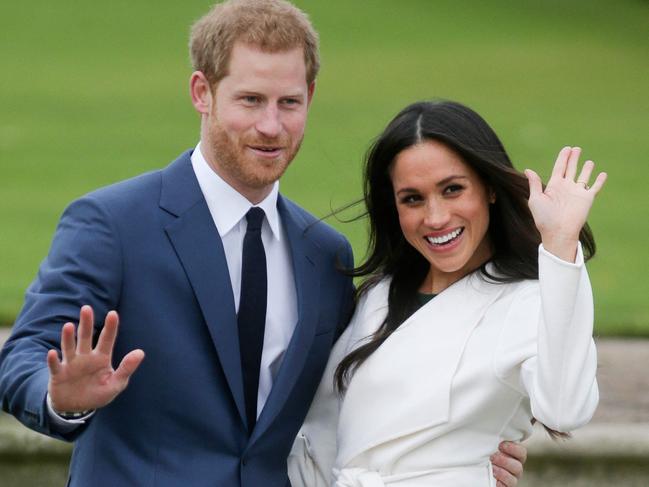
The British royals are known to marry foreigners – Prince Philip was born in Corfu, and the USA supplied both Wallis Simpson and Meghan Markle – but the Danes seem to make a habit out of it, and Princess Mary is far from being the first foreigner in the family.
Prince Frederik’s brother Joachim’s first wife was from Hong Kong and his current spouse is French; Queen Margrethe’s husband was also French; and Margrethe’s father Frederick IX married a Swede.
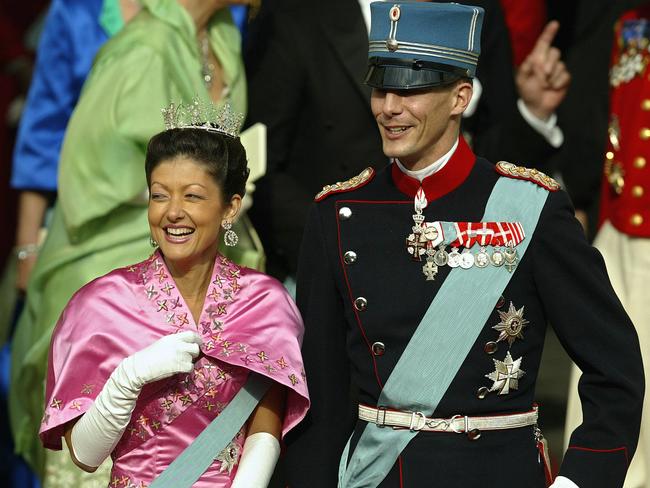
THE OFFICIAL ROLE
There are some similarities between the official roles of the British and Danish monarchs. Both are the heads of state and the ceremonial commanders-in-chief of their nations; both invite the leaders of democratically-elected political parties to form governments. And both meet the prime minister for regular meetings, although in the Danish case the monarch also meets with the foreign minister.

But there are differences too. The British monarch opens each session of parliament with a speech on behalf of the government, while the Danish monarch simply attends. Both sign all acts of Parliament, however in Denmark’s case they must also be countersigned by a Cabinet Minister.
The British monarch is also the Supreme Governor of the Church of England, and is known as the Defender of the Faith, whereas the Danish sovereign has no religious role.
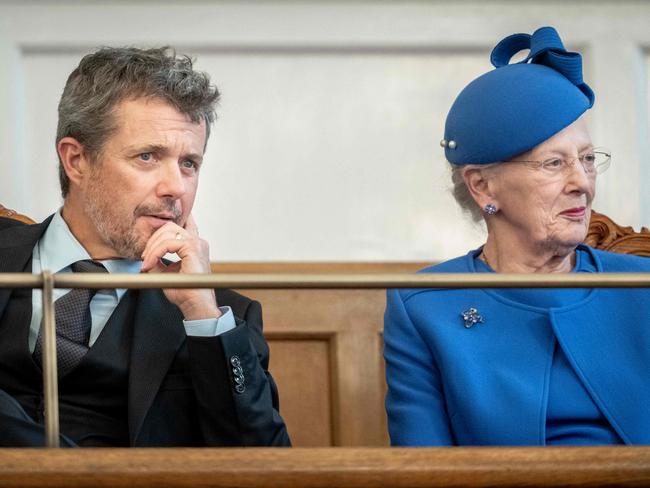
THE REALMS
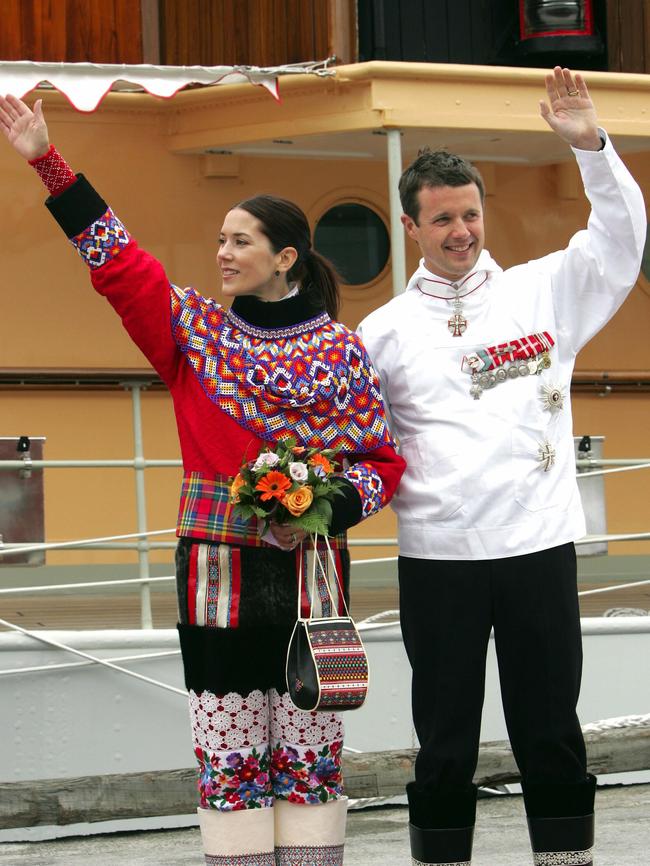
In addition to being monarch of the United Kingdom (population nearly 67 million), the British sovereign is also the head of state of the royal realms, which include Australia, Canada, New Zealand, Papua New Guinea, Belize, and 10 island nations in the Pacific and the Caribbean. He or she is also the Head of the Commonwealth, a sprawling entity of 56 countries that includes nearly 2.5 billion people.
The Danish monarch has a radically smaller patch. In addition to the homeland, population 5.9 million, he or she reigns over Greenland (population 56,000) and the Faroe Islands (population 54,000). Other territories were lost a long time ago: Denmark sold the Danish West Indies (now the US Virgin Islands) to the USA for $25 million in 1917, and Iceland declared its independence in 1944.
POPULARITY STAKES
Opinion polls tell us more than 75 per cent of Danes support the monarchy, while in Britain the proportion is 62 per cent. But how do the Danish people really feel about their royal family?
“They’re very special to the Danes, but they’ve come down to a level where we can relate to them a bit more,” said Jesper Hansen, a proud Dane who’s called Australia home for the past 22 years.
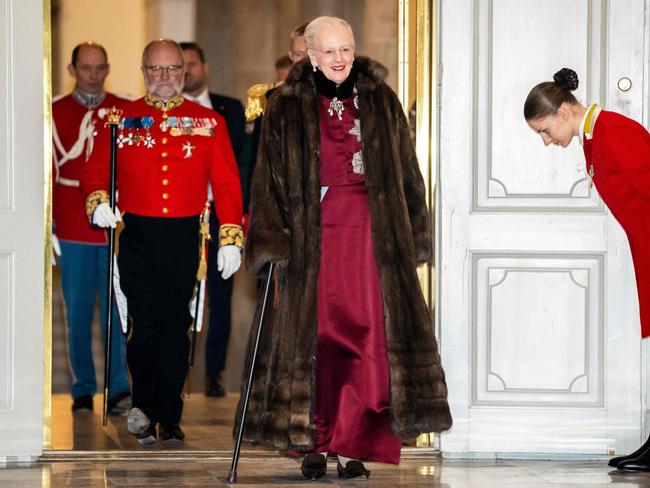
Queen Margrethe’s reforms to slim down the monarchy – in 2022 she relegated Joachim’s children from princes and princesses to counts and countesses – seem to have been well-received by the public.
“They’ve definitely been a bit more successful in throwing away a bit more [than the British royals],” Mr Hansen said. “If there were seven veils, Queen Elizabeth maybe threw one away, but the Danes threw three away. They’re still up there, but we don’t see them as untouchable.”
MEDIA ATTENTION
The British media’s focus on the British royals is intense, and occasionally savage – especially for those members of the family who are out of favour.
According to Mr Hansen, the press in Denmark follow “every move” of the royal family, “but they are much more forgiving than the British press is”.
“There are a lot of things that happen with the royals that they don’t report on that they could,” he said.
There had been broad speculation that the former king Henri was gay, or bisexual, Mr Hansen said, but this was a subject that “never mentioned anywhere” in the Danish press.
But the rules could be beginning to change, as the Danish press gave some attention to the reports from a Spanish gossip magazine in late 2023 that Prince Frederik had had an affair with a Mexican socialite, which she strongly denied.
“They are definitely starting to kind of mention [scandals], but it’s a new thing, it’s never been done before,” Mr Hansen said. “They’ve been very nice to them.”





